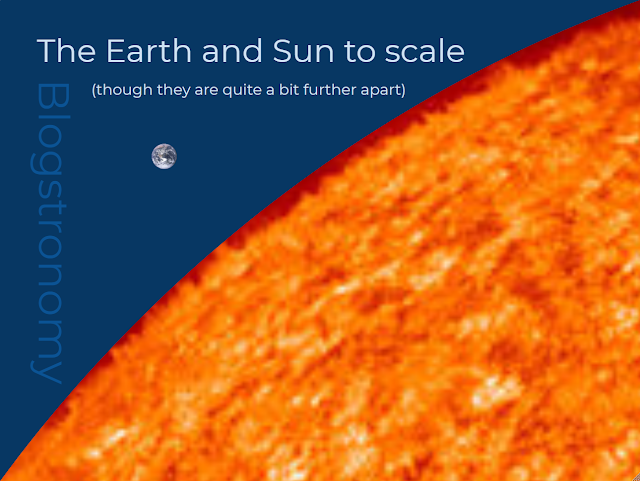The 2012 Venus Transit - Timings
The web is flooded with posts about tonight/tomorrow's Venus transit, so I won't bore you by repeating it all again (although you can read about what a transit is in this post and how to safely view the transit in this one).
Once you're in-the-know as to how to view Venus's stately crawl across the face of the sun without melting your retinas, you'll need to know when to look, and that's information that seems a little more thin on the ground. So here's the low-down, in BST:
June 5th, 2012
June 6th, 2012
Once you're in-the-know as to how to view Venus's stately crawl across the face of the sun without melting your retinas, you'll need to know when to look, and that's information that seems a little more thin on the ground. So here's the low-down, in BST:
June 5th, 2012
- 23:04 - Venus makes first contact. 'First contact' is when the disc of Venus first appears to touch the disc of the Sun.
- 23:24 - Twenty minutes later Venus makes second contact. This is when the trailing edge of Venus's disc crosses the edge of the Sun's disc. It's at this point that many observers will start to see the infamous 'black drop' effect; the elongating of Venus's disc into a teardrop shape. This effect took 18th Century astronomers by surprise, and reduced the accuracy of measurements that were made in order to provide the first decent figure for the distance between the Earth and Sun.
June 6th, 2012
- 02:30 - Venus achieves greatest contact. This is when Venus is as far as it's going to get from the edge of the Sun's disc. From this moment on, Venus is moving closer to the edge again.
- 04:43 - The Sun rises, as seen from Kettering, Northamptonshire, UK. It'll be a few minutes earlier the further North and East you are, and later towards the South and West.
- 05:37 - Venus makes third contact: it's leading edge crosses the edge of the Sun's disc.
- 05:55 - Venus makes fourth, and final, contact: it's trailing edge crosses the edge of the Sun's disc, and that's the last we see of Venus transiting until 2117!
Happy viewing, and please get in touch if you're planning on getting up in time to see this incredibly rare event! I'd love to see some photos afterwards, as well.



Comments
Post a Comment